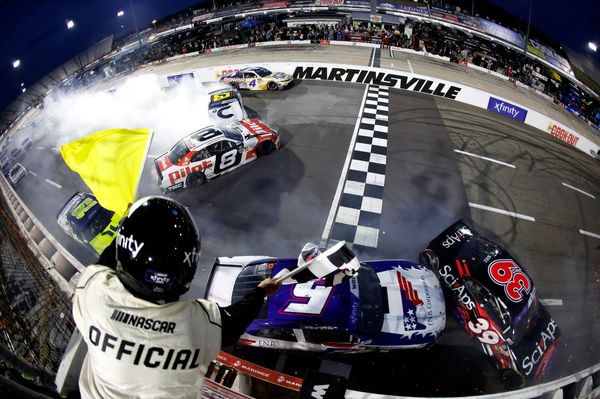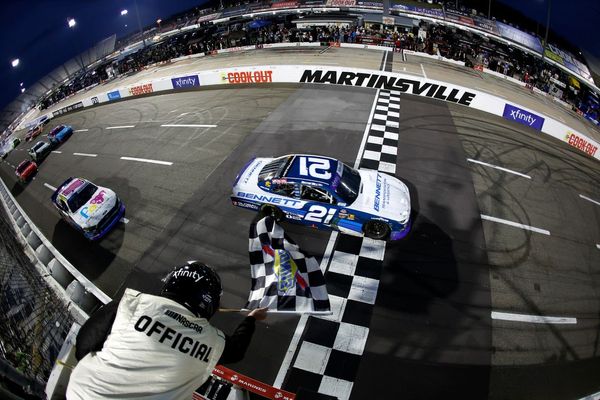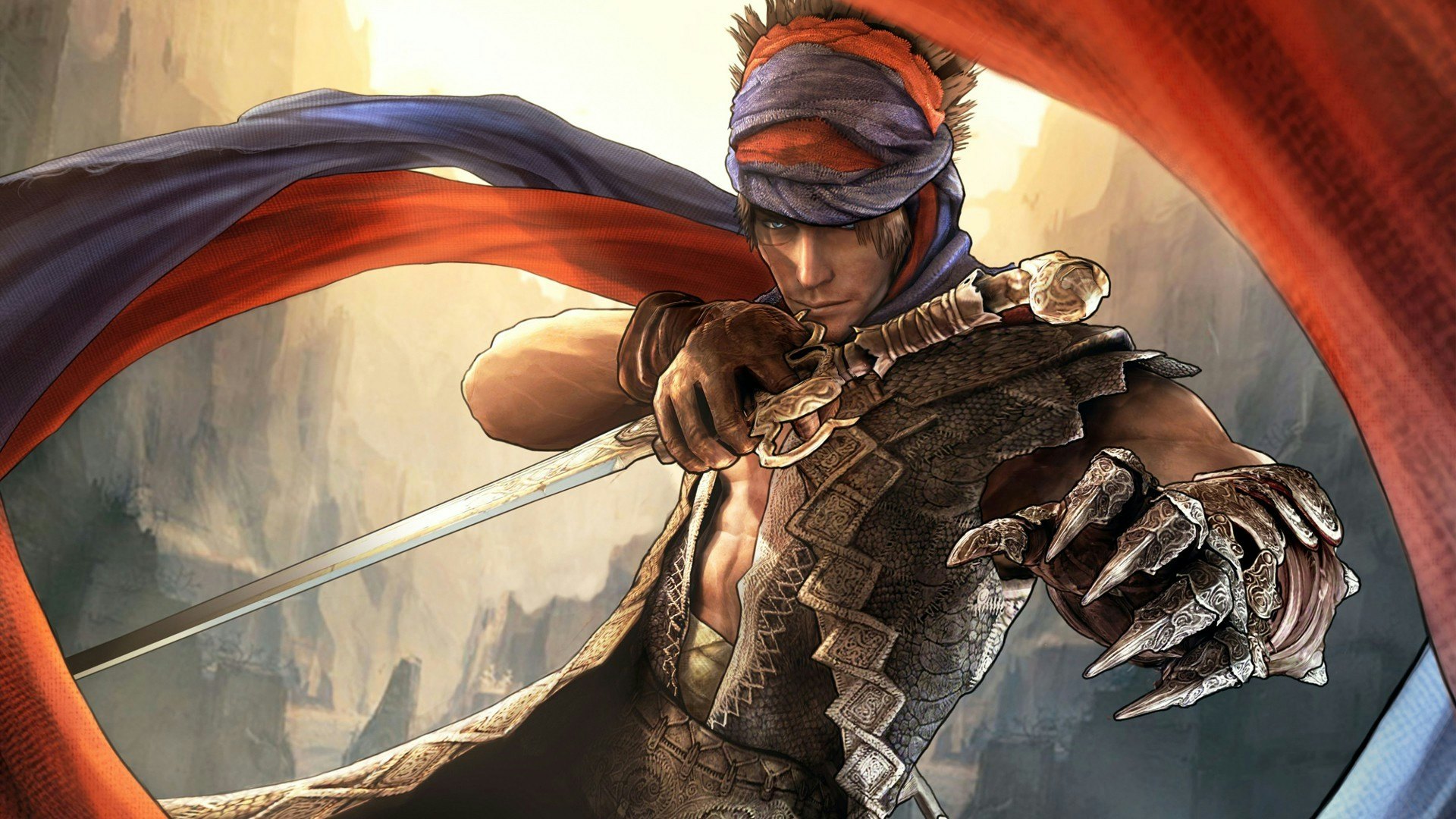
Prince of Persia is a series that you hear more about than you actually play. It’s been that way for the better part of a decade. While the original 1989 title and the critically acclaimed reboot Sands of Time are oft-cited as important games, the franchise itself has mostly tapered off. One of the last attempts at keeping the franchise alive and strong was 2008’s second reboot, simply titled Prince of Persia. While the game failed to launch a new golden age for the series, it is a remarkably imaginative game that takes influences from across the industry to make a game that has barely aged.
2008’s Prince of Persia is very clearly a game pulled between two eras. As a reimagining of the series, it attempts to hold onto the past while simultaneously looking toward the future of gaming in the PlayStation 3/Xbox 360 era. By trying to act as a bridge between both periods, Prince of Persia’s most interesting decisions are what make it feel remarkably fresh to this day.
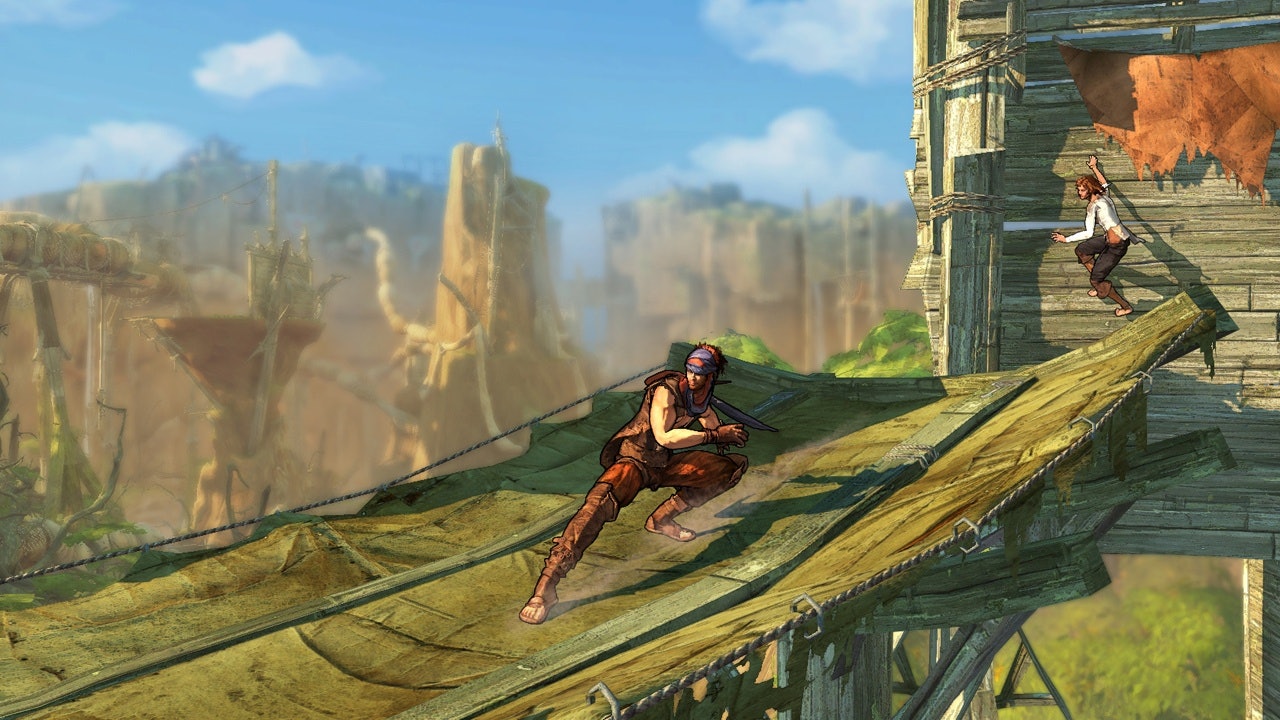
In homage to the series' origins, Prince of Persia focuses on the three core pillars of the franchise: platforming, puzzles, and combat. The 2008 reboot streamlines all of these components. Combat specifically looks toward the original title, by offering all combat as one-on-one fights rather than large group battles. Combat as a whole takes quite the backseat in Prince of Persia, which is smart since combat was never the franchise's strong suit.
Platforming is an especially interesting element of Prince of Persia when compared to Ubisoft’s other big title at the time: Assassin’s Creed. 2007’s Assassin’s Creed, the game that would jumpstart a massive franchise and define the modern AAA open-world game, thrived on the promise that you could parkour across massive cities. While that newfound freedom was appealing it could be aimless. Prince of Persia, on the other hand, creates focused platforming environments that act as architectural puzzles to unravel. Navigating any given level in Prince of Persia is far more engaging than the simplistic parkour loop of Assassin’s Creed.
Another interesting connection between Assassin’s Creed and Prince of Persia is Nolan North. The voice actor known for Nathan Drake voices the protagonists of both Ubisoft titles. This is one of the clearest signifiers that Prince of Persia is a mid-2000s title, as it has the required gruff white-male protagonist voiced by Nolan North. Though that isn’t bad per se, North is quite charming in his role as the unnamed protagonist of Prince of Persia. The protagonist also meshes incredibly well with the only other major character of the game, the princess Elika (voiced by Kari Wahlgren). As a story of the two’s relationship, the dynamic extends into the gameplay.
The central mission of Prince of Persia is to cleanse the game’s world by traveling to different locations, completing platforming puzzles, and defeating complex boss fights. As the protagonist and Elika progress in their journey, they grow closer and can work together more, with the player now being able to utilize some of Elika’s powers to help with traversal.
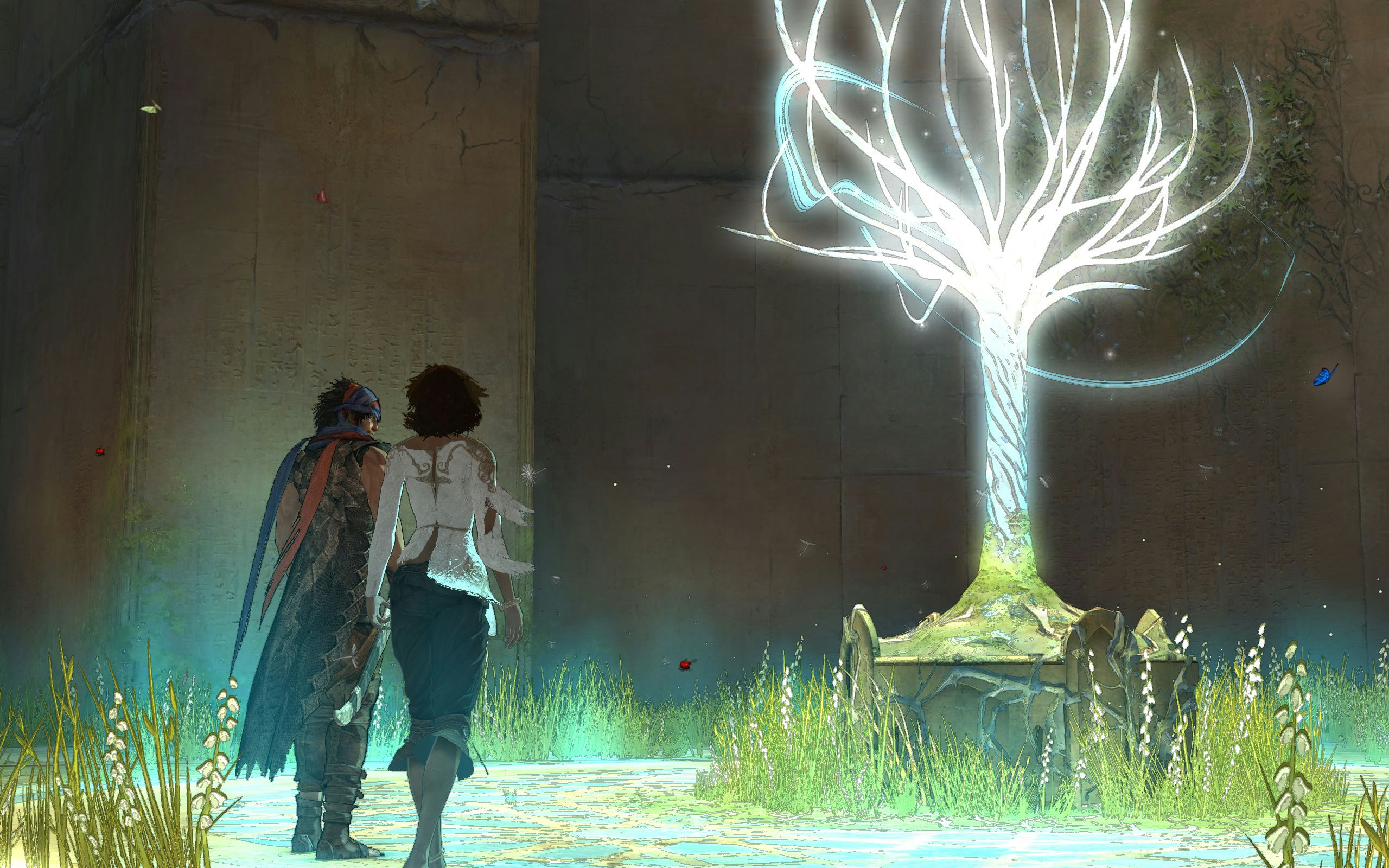
This highlights another interesting influence on Prince of Persia — Team Ico. Today, both Ico and Shadow of the Colossus are seen as some of the most influential games of all time. Developers from Naughty Dog to FromSoftware have cited the games of Team Ico as major inspirations. Prince of Persia can say the same, with the game’s central dynamic between Elika and the Protagonist feeling reminiscent of Ico and Yorda. Similarly, Prince of Persia’s non-linear narrative and open but sparsely populated world is a close relative to the setting of Shadow of the Colossus.
But the final piece of Prince of Persia that ties the game’s seemingly disparate mosaic of influences together is the art direction. Prince of Persia is rendered in a toon-shaded aesthetic that paints the world in bright pops of color set against the endless beige of sand. It’s a stark picture painted on every screen of the game, one that remains stunning to look at.
By taking influences from the past, such as the franchise’s earliest days as well as the work of Team Ico, and combining it with future-facing influences like Assassin’s Creed, Prince of Persia melds the old and the new to create a game uniquely of 2008. All of this makes it surprisingly stand the test of time, even fifteen years later.



